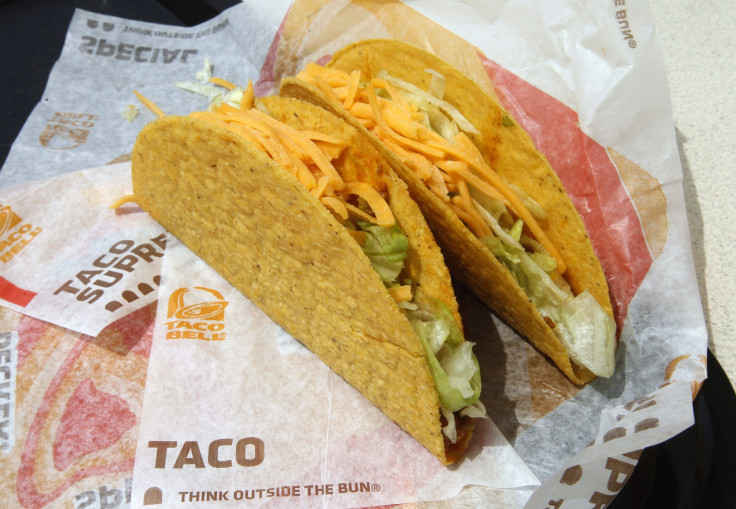Taco Bell Launches Fast Casual Restaurant Aimed At 'Edgy' Young Folks

Taco Bell is launching a new chain of restaurants aimed at capturing the industry’s favorite demographic: “edgy” young professionals who have grown out of their love for fast-food restuarants.
The new chain will be called U.S. Taco Co. and Urban Tap Room, which sounds like something straight out of Fast Company Design’s “Create Your Own Hipster Logo in 6 Steps” guide. It’s a venture into the “fast casual” segment, which has gained traction in recent years as young adults seek a better option to the unhealthy fast-food restaurants they were taught to avoid as kids. It’s the No. 1 restaurant trend that research firm Technomics predicts for 2014.
“We could spend time and money trying to get these people interested in Taco Bell,” says Taco Bell CEO Greg Creed, but they probably wouldn’t become regular Taco Bell customers. “We thought maybe there’s a new brand we can create to address this opportunity.”
Taco Bell’s new chain looks like it would be at home in those towns where folks pine over craft beer and artisanal food -- and who have a little extra green in their wallets.
The U.S. Taco Company and Urban Tap Room will serve up 10 different kinds of $4 tacos, milkshakes, and craft beer, as well as the measure of any good restaurant: thick-cut fries. Taco Bell execs say the restaurant is “American-inspired,” as opposed to Taco Bell being “Mexican-inspired.” Among other sources, the folks behind the new venture sought inspiration for their menu from the increasingly popular food-truck scene.
Tacos come with names like Winner Winner, built around a fried chicken breast, roasted corn, “South of the Border” gravy, jalepenos and more; the One-Percenter, with Lobster, garlic butter, red slaw, and pico de gallo; and the Brotherly Love, a Southwestern spin on the Philly Cheesesteak. Customers can expect to spend around $12 on a meal.
As far as the actual restaurant, it’s color scheme is inspired by the rich colors of the Day of the Dead festival: aqua, pink, soft blue and yellow. The logo is distinctly Muerte too: a pink, stylized candy skull that would fit perfectly into a 25-year-old Brooklynite’s Mexican-inspired half-sleeve tattoo.
Like many others, Taco Bell is keen on improving its success through social media. “Everyone in the U.S. has become a foodie,” says Jeff Jenkins, senior brand manager for Taco Bell. “The first thing young people do in a restaurant is take out their camera and take a picture of their food — and post it on Instagram.
Taco Bell isn’t exactly the kind of fare many would consider worthy for Instagram, but the folks at Taco Bell think U.S. Taco is.
Some folks are skeptical about Taco Bell’s new venture, saying that it is “unself-aware.” They say it won’t be able to bring in the demographic it looks to market to, precisely because that demographic doesn’t like being marketed to, although that hasn’t stopped companies from successfully doing it.
It’s a risky move: one that could backfire or bring Taco Bell a whole mess of new customers and the profits that come with them. Regardless, Taco Bell seems fully committed to the idea. For now, only two restaurants are planned: one in Huntington Beach, Calif., and another in Los Angeles. Taco Bell isn’t in a rush to expand further, but is hoping to do so.
"We’re going to open a restaurant and see what happens,” says Creed, “I’d love to see 1,000 or 1,500 of these, but let’s not get ahead of ourselves.”
© Copyright IBTimes 2024. All rights reserved.












